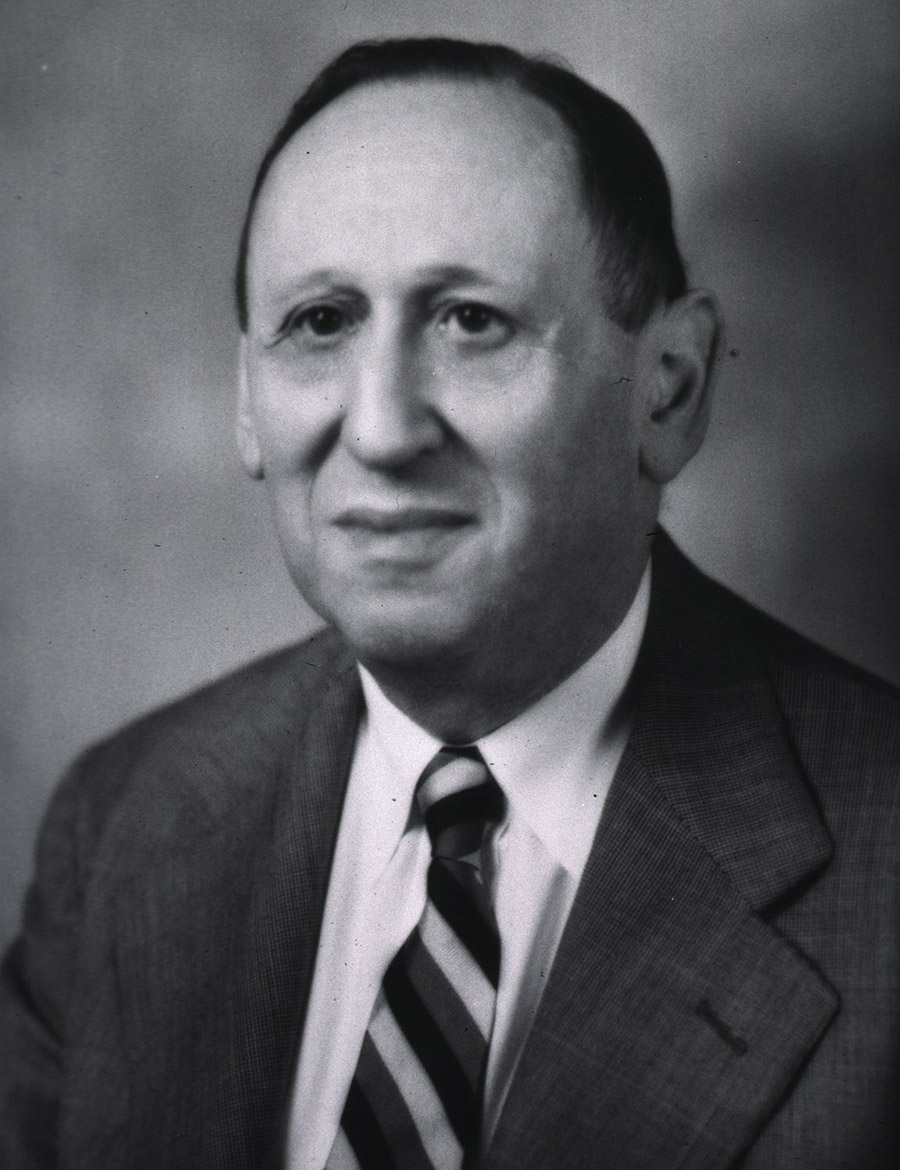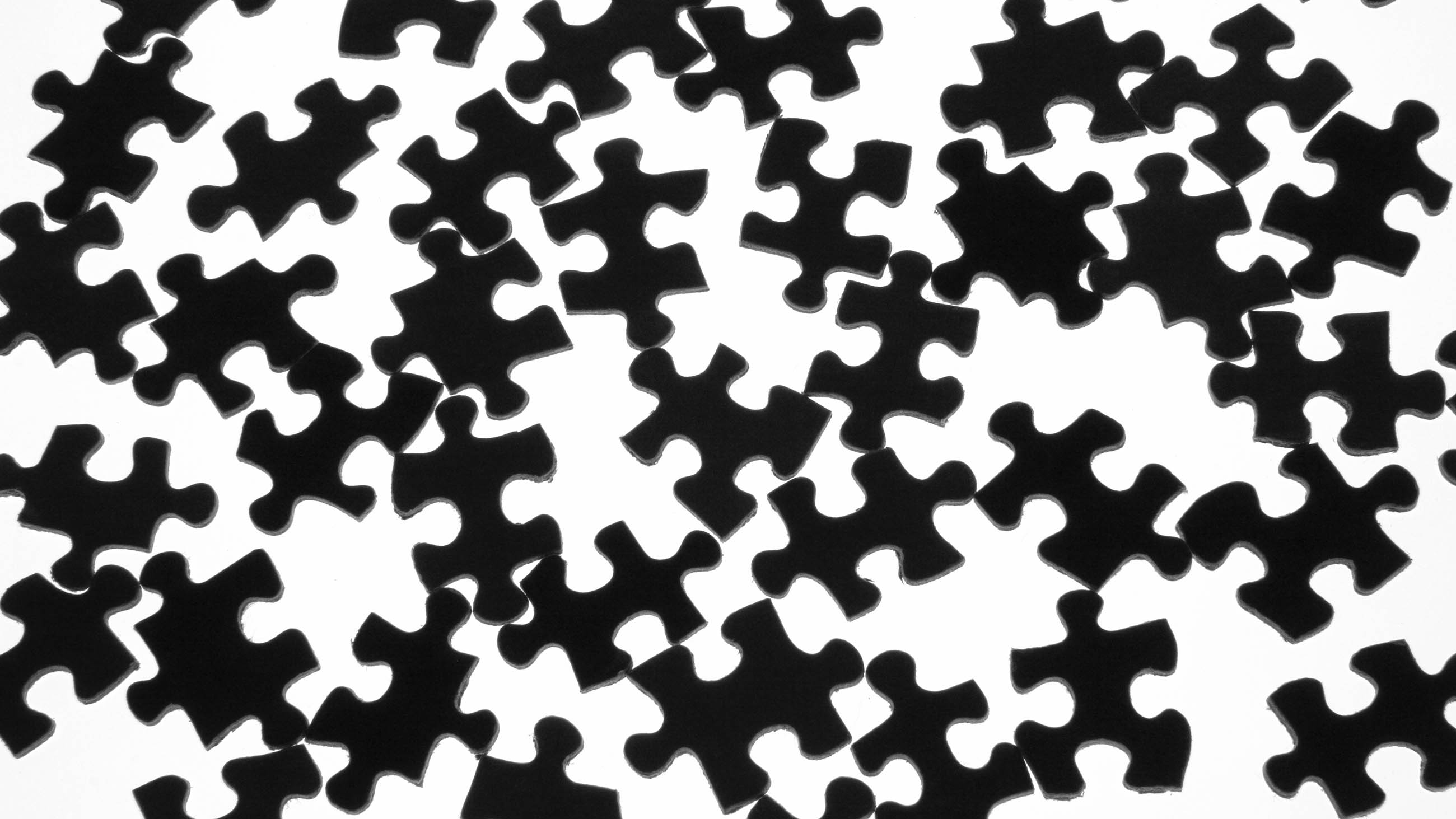The Persistent Invisibility of Black Autism
One day in the 1860s, Mark Twain was crossing Illinois by rail on one of his epic lecture tours, when he sought some peace and quiet by retiring to the smoking car. He did not find it there. “A burly negro man on the opposite side of the car,” he later wrote, “began to sway his body violently forward and back, and mimic with his mouth the hiss and clatter of the train, in the most savagely excited way.”
For the next three hours, the huge man rocked, grimaced, and chattered excitedly to himself, all the while reproducing the sounds of the great hurtling machine carrying him and Twain across the great plains. The celebrated author of “The Adventures of Tom Sawyer” — as prone to racist assumptions as most other white men of his day — was offended that the impossibly loud and apparently blind “barbarian” (“as ungainly in build and uncomely of countenance as any half-civilized plantation slave”) was not forcibly silenced by a conductor or wrestled to the floor and put in chains.
It came as a shock to Twain to learn that this powerfully built former slave — whose name was Thomas Wiggins, and stage name was “Blind Tom” — had been the first African-American musician in history to play a command performance at the White House, for President Buchanan. But several months after their serendipitous meeting on the train, Twain became one of Wiggins’ biggest fans, sitting raptly in an audience in San Francisco for three nights running as the man played his original compositions.
Wiggins’ tour de force, “The Battle of Manassas,” featured strains of “The Girl I Left Behind,” “Dixie,” “Yankee Doodle,” and “The Star Spangled Banner” meeting on a sonic battlefield, punctuated by discordant rounds of cannon fire rumbling in his left hand. He had been accurately imitating the sounds of the natural world since he was an infant, when he was mesmerized by the patter of raindrops on the roof and the rattle of corncobs in the sheller. But he almost never spoke in his own expressive language; instead, he echoed phrases that he heard said around him, and if he wanted something, he would grunt and tug the hand of the nearest person in the direction of the thing he desired.
Wiggins could play two complex melodies simultaneously, and faithfully reproduce any composition, note-for-note, after hearing it just once, including each hesitation and mistake in the original performance. He also had the rare gift of perfect pitch. And when Wiggins sat down to perform his own tunes, Twain was utterly transported, as he reported in a San Francisco newspaper:
[Wiggins] lorded it over the emotions of his audience like an autocrat. He swept them like a storm, with his battle-pieces; he lulled them to rest again with melodies as tender as those we hear in dreams; he gladdened them with others that rippled through the charmed air as happily and cheerily as the riot the linnets make in California woods; and now and then he threw in queer imitations of the tuning of discordant harps and fiddles, and the groaning and wheezing of bag-pipes, that sent the rapt silence into tempests of laughter. And every time the audience applauded when a piece was finished, this happy innocent joined in and clapped his hands, too, and with vigorous emphasis.
Unable to believe that this “dull clod” could possibly be capable of coming up with such beautiful and inventive melodies on his own, Twain attributed Wiggins’ prodigious gifts to “some archangel, cast out of upper Heaven like another Satan,” who inhabited the “coarse casket” of his body.
More than 30 years after both men died — Wiggins in 1908, Twain in 1910 — a growing field of psychological research would replace the idea of hovering archangels with clinical analysis and medical diagnosis. Wiggins’ eccentric behaviors and curious gifts (including perfect pitch) would come to be viewed as paradigmatic of a condition that Leo Kanner, a child psychiatrist at Johns Hopkins Hospital, christened early infantile autism.

Not one of the 11 children described in Leo Kanner’s landmark 1943 paper — the one that put autism on the map — was Black, even though many of the hospital’s patients were low-income people of color. (Visual by National Institutes of Health)
Yet for most of the 20th century, people like Wiggins would remain invisible to the medical establishment — not just because they were autistic, but because they were autistic and Black. Not one of the 11 children that Kanner described in his landmark 1943 paper — the one that put autism on the map of American psychiatry — was Black, even though many of the patients seen at Johns Hopkins were low-income people of color.
Nine of Kanner’s original patients came from Anglo-Saxon stock and two were Jewish. Noting the preponderance of academics and professionals — including professors, lawyers, chemists, and psychiatrists — among his patients’ parents and relatives, Kanner became convinced that these children’s condition was related, in some way, to their will to achieve and their elevated socio-economic status. “All but three of the families,” he gushed, “are represented either in ‘Who’s Who in America’ or in ‘American Men of Science,’ or both.”
Kanner would go on to speculate that there was something sinister about these “highly intelligent” people — particularly those “strongly preoccupied with abstractions of a scientific, literary, or artistic nature” — that rendered their children prone to the disabling syndrome he became famous for describing. The problem, he concluded, was that “in the whole group, there are very few really warmhearted fathers and mothers… even some of the happiest marriages are rather cold and formal affairs.”
In a public talk quoted in Time magazine in 1948, Kanner went further than that, declaring that these children had been “kept neatly in a refrigerator which didn’t defrost” — the trope that engendered the noxious stereotype of the destructive “refrigerator mother,” whose idea of doing the right thing for her children was “the mechanized service of the kind which is rendered by an over-conscientious gasoline station attendant.”
As a result of Kanner’s theory that his syndrome disproportionately affected hyper-ambitious, upper-middle-class families, two generations of clinicians and researchers would view autism primarily as a condition of white children. With only a few exceptions, Black children were virtually absent from the autism research literature for decades.
Thus in 1984, psychologist Victor Sanua, a pioneer in cross-cultural studies of mental conditions, could — and did — credibly insist that autism is “rarely found” in Black and Hispanic families — or even in the populations of continents like Africa, South America or Asia. Instead of focusing on possibly confounding factors like lack of access to health care and diagnostic resources for people of color, Sanua proposed that autism was “an illness of Western civilization” that was related to “high technology,” rather than a “universal phenomenon.” (This kind of language would later be echoed by those determined to find the cause of autism in some toxic aspect of the modern world, such as vaccines, pesticides, or even Wi-Fi.) These theories became a self-fulfilling prophecy: Autistic children of color would often end up getting diagnosed with something else — typically, generic “mental retardation,” a conduct disorder, or attention-deficit/hyperactivity disorder (ADHD).
It was in that context that Dorothy Groomer, the mother of a young African-American man named Steven, explained to the makers of the 2002 documentary Refrigerator Mothers that “a whole team of doctors” from the University of Illinois refused to diagnose her son with autism, though he displayed all of the classic signs. “They said, ‘No — it may be an emotional disturbance, but it was not autism.’ We did not fit the classic mold for autism, which is white, upper middle class, and very, very bright.”
The implications of this cultural bias continue to resonate — and to cause real problems – in the modern era. A report published in 2010 by researchers at the Washington University School of Medicine found that African-American children and their relatives are profoundly underrepresented in genetic databases employed for autism research. The influential Autism Genetic Resource Exchange, for example, identified only 2.3 percent of its subjects as African-American, despite the fact that African-Americans account for roughly 13 percent of the population in the United States. The data housed by the Autism Genome Project Consortium is similarly weighted toward families of European descent.
This has led some researchers to speculate that there’s some mysterious “protective factor” at work in Black or Hispanic genes. But a close examination of the recruitment process for genetic research reveals many different factors in play that tend to favor white subjects, such as the exclusion of children raised by single parents.
Black families also report that their children get much less attention from pediatricians than white children, leading to further misdiagnosis and under-diagnosis, and that they are less likely to be referred. In 2002, the U.S. Centers for Disease Control and Prevention (CDC) reported that children of color may be diagnosed with autism up to two years later than their white counterparts. A similar study some years later found that physicians were far more likely to diagnosis clearly autistic Black children with other disorders, notably ADHD. Mental illness and learning disabilities also carry heavy burdens of stigma in the Black community, leading to parental reluctance to seek a diagnosis for a child in the first place.
There are signs, at least, that the issue is starting to get some serious attention, primarily due to the efforts of autistic self-advocates and their families. There are communities, as represented by the website, The Color of Autism that seek to highlight both the gap and the needs. This spring, a powerful anthology on autism and race called All the Weight of Our Dreams, edited by Lydia X. Z. Brown, E. Ashkenazy, and Morénike Giwa Onaiwu, will be published by the Autism Women’s Network. And the mainstream media is starting to raise the issue. Earlier this year, National Public Radio made a point of discussing the challenges for African-Americans diagnosed with autism as part of an investigation into the condition.
But a century and a half after Mark Twain wrote his unflattering description of a man whose extraordinary talents he would come to admire, society continues to overlook the distinctive hurdles faced by autistic people of color and their families in gaining access to health care, education, housing, and employment.
A couple of months ago, I was flying to a conference on disability at the National Academies of Sciences in Washington, when my seatmate — a young Black woman who works in public policy — asked me what I do for a living. I told her that I had recently published a book called “NeuroTribes: The Legacy of Autism and the Future of Neurodiversity.”
“Autism, huh,” she replied, giving me a sly side-eye. “Isn’t that a white-people thing?”
Steve Silberman is an award-winning science writer whose articles have appeared in Wired, The New Yorker, the MIT Technology Review, Nature, Salon, and many other publications. He is the author of the 2015 book “NeuroTribes: The Legacy of Autism and the Future of Neurodiversity.”










